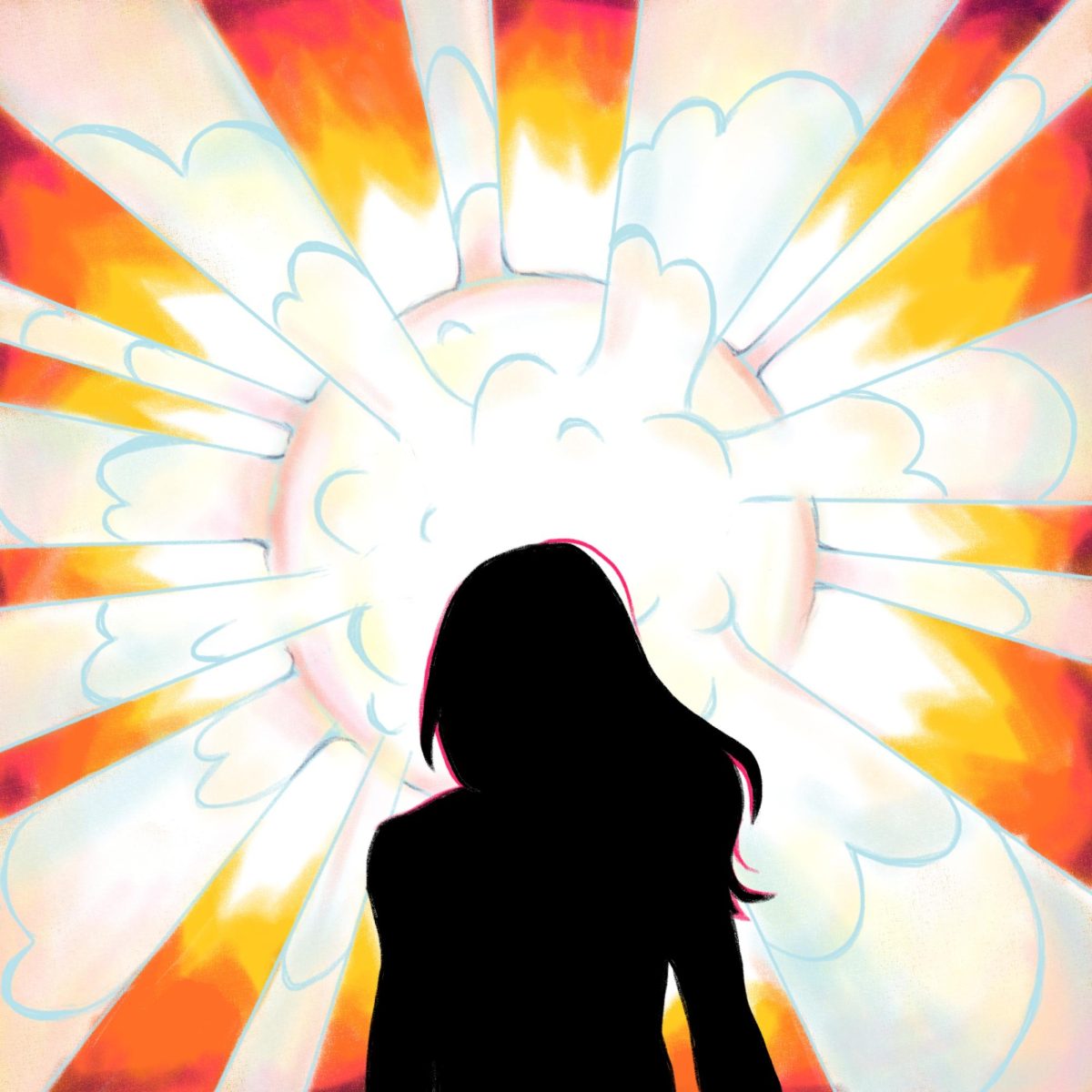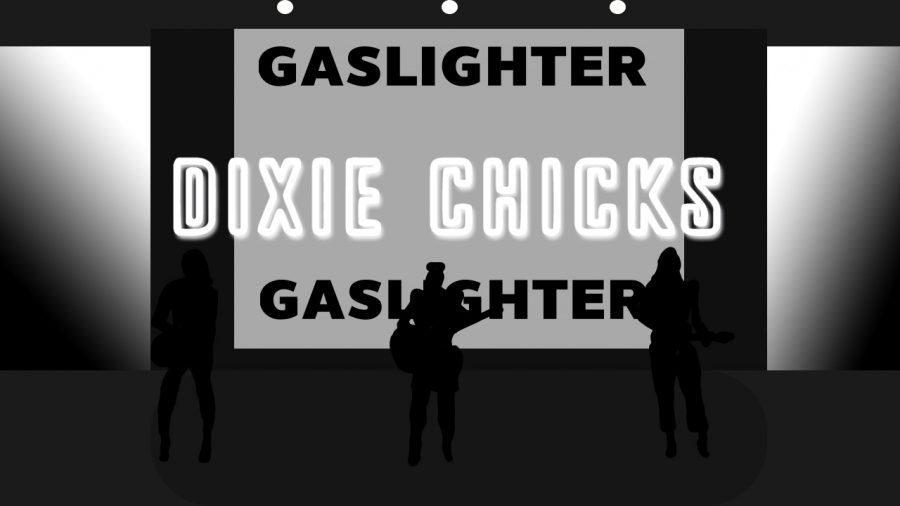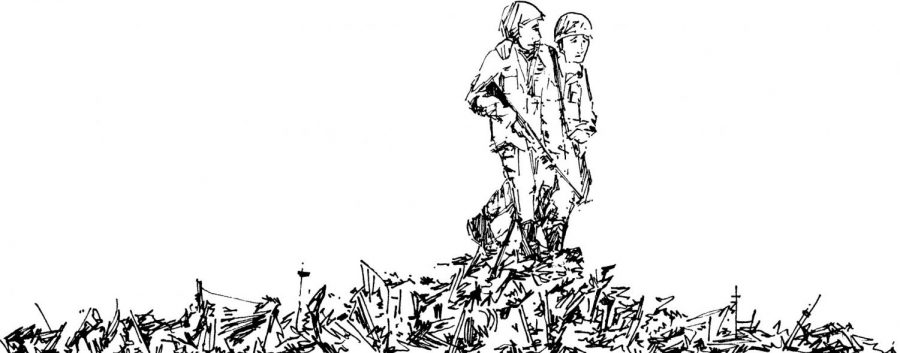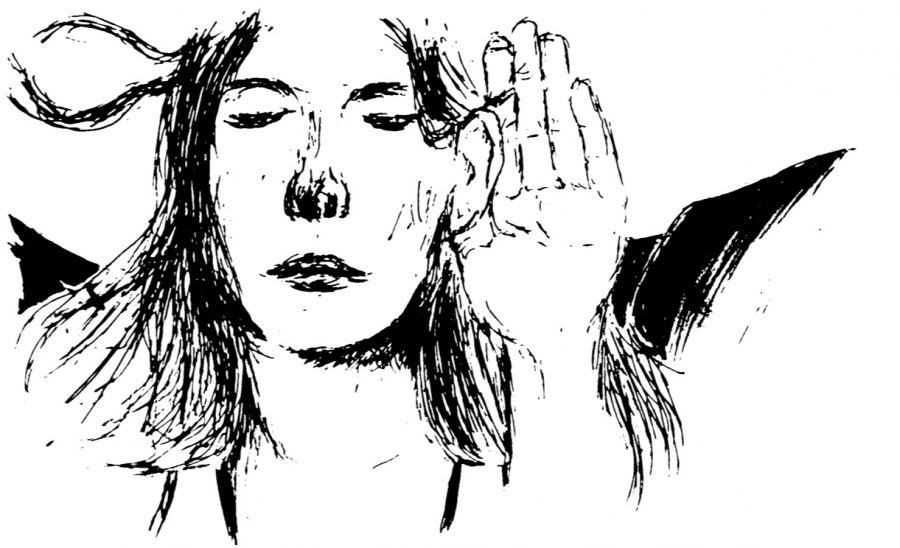
As an astrophysics major who, during the evening hours, can reliably be found observing the cosmos from the roof of the science building, I am no stranger to the unwelcome invasion of light pollution. Here in Walla Walla, the western sky is particularly obscured by the glaring orange spotlights from the state penitentiary. When tennis practice runs late, the newly installed tennis court lights (which are brighter and more numerous than the old ones) make observation impossible, and sometimes late-night astronomy lab sessions have to be cut short.
While light pollution is a considerable nuisance to observational astronomers, brightly lit nights have a slew of other negative side effects that Paul Bogard explores in his book “The End of Night: Searching for Natural Darkness in an Age of Artificial Light.” Bogard makes a case for darkness by bringing to light the numerous problems of excessive electric lighting and how it affects a multitude of entities, including the human psyche, human physiology and even the ecology of the natural environment.
The setup of the chapters is rather unique. Instead of starting at chapter one and chronologically proceeding from there, Bogard begins with chapter nine and descends to chapter one. The reason behind this apparent gimmick is the author’s intention to mirror a scale of artificial brightness as created by amateur astronomer John Bortle. The scale works by defining a bright inner-city night sky where virtually no stars can be seen as a nine. It then descends in darkness until reaching 1, which is a perfectly dark site with no light pollution whatsoever.
Therefore it’s no surprise that Bogard starts off chapter nine in Las Vegas, arguably the brightest city on Earth, and slowly moves into darker locations in each chapter, eventually ending up in a desert two hours outside of Reno, where the ribbon of the Milky Way stretches out before him in unblemished detail. While exploring various nocturnal locations, each section of the book is also dedicated to exploring a certain negative side effect of brightly lit nights.
Bogard spends the first few chapters describing time spent in London or Paris, strolling the streets at night and yearning for the age when cities were lit by dimmer oil lamps instead of blinding electric light, and he spends a good deal of time dispelling the myth that more light means more safety from malevolent criminals. Bogard describes how being exposed to bright light after the sun sets can harm a slew of aspects of human health, the most prominent of which is sleep deprivation and circadian sleep cycle disruption. He also discusses the ecological effects of light and human activity on nocturnal animals, such as the flocking of moths to bright lights where they become easy pickings for bats and other animals higher up on the food chain.
But apart from the important physical problems of excessive lighting, I think the most important part of this book is when Bogard examines the spiritual, emotional and mental connection people have with the night and with real darkness. At one point, Bogard visits Cacho Canyon, a national historical park in New Mexico, where one park ranger describes the night sky as the most direct link with ancient Native American culture. “It’s the same sky it was a thousand years ago … you don’t know what century you’re in,” she says. As an astronomy student, I can say with confidence that the feeling of awe and wonder that comes with being able to see the plane of the Milky Way Galaxy spread out across the sky above you is not overrated. I think, and Bogard agrees, that knowing darkness and knowing the untainted night sky is something that is fundamental to being human. Something primordial and deep inside all of us that is often washed out by streetlights and motion-activated porch lights and big lit-up neon advertisements.
While it’s worth noting that Bogard’s writing style is somewhat unremarkable, it’s still readable and not at all boring, and the topic that Bogard analyzes is interesting and important. It’s something that isn’t talked about much outside of observational astronomy circles, and I think the message he tries to send is worth listening to and spreading to a wider audience.
Bogard has a mission in “The End of Night.” He wants to remind readers of the value of darkness and the consequences of light pollution. He wants to tell those of us who might not know that the nocturnal world and the brilliant unmarked night sky is not one to be forgotten and blanked out from the human consciousness. It is something we have a right to, something we need to cherish and something we need to reclaim.











